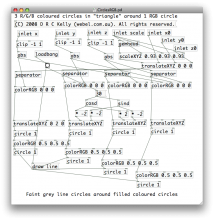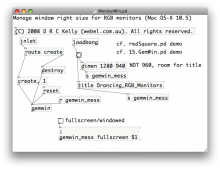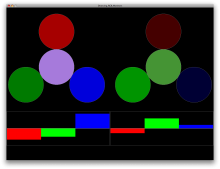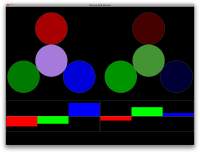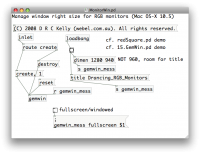Visuals: Amazing super long play Maths Art 3D video creating using scenes generated by Wolfram Mathematica and combined with FX!
A breathtaking Maths Art presentation created by Dr Darren of Webel IT Australia using Wolfram Mathematica and FX tools, presented here under his digital artist name PLAYlogo. Be sure to set the video player to 4K quality and use full screen!




















